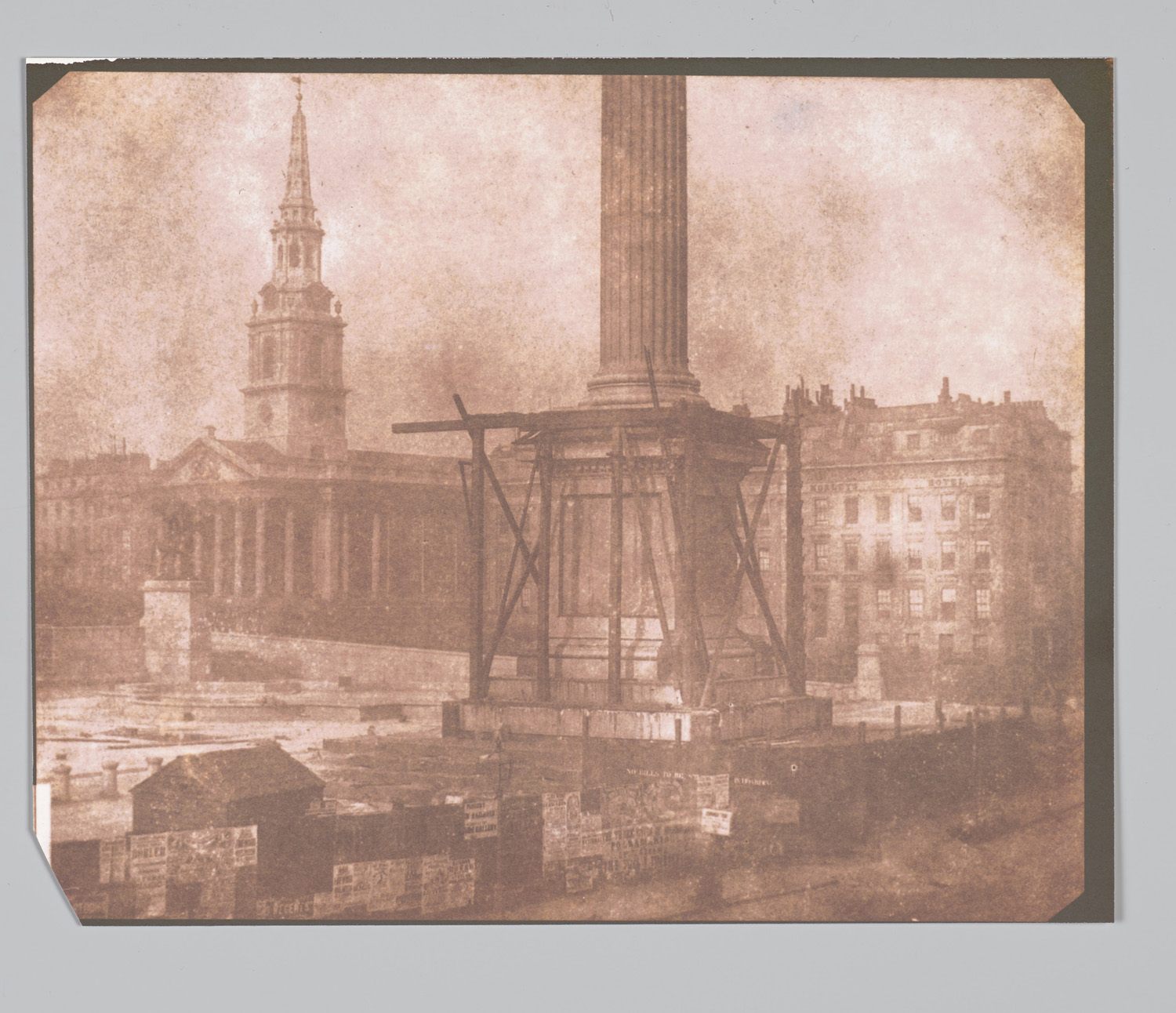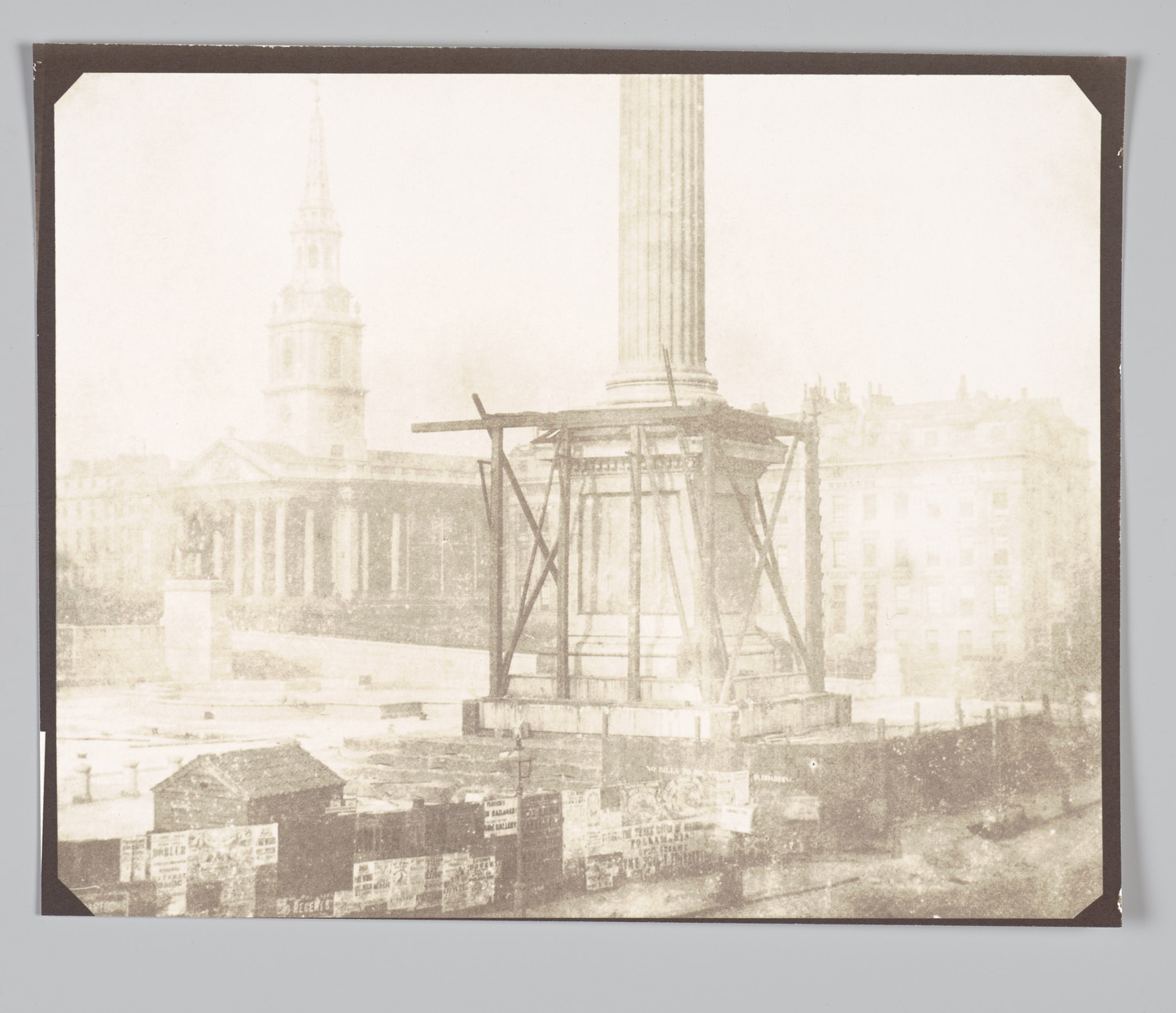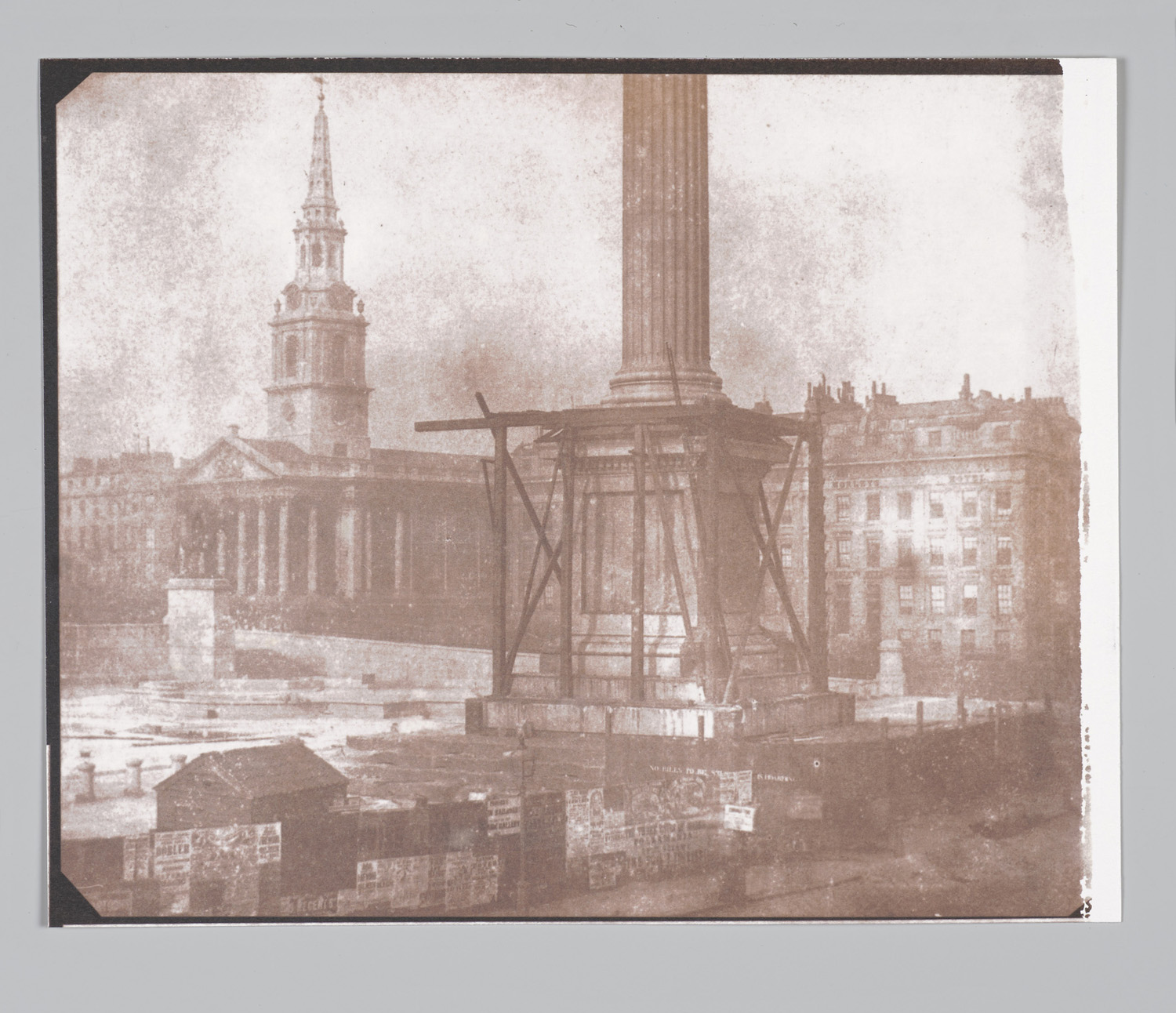







FADE TESTS FOR THE VICTORIA AND ALBERT MUSEUM, LONDON (2019)
Collaborating
with Lauren-Ashley Irving, a paper conservator at the Victoria and Albert
Museum, I produced a number of fade tests for various silver halide based
paper processes. These include a series of tests involving early stabilisation methods for salted
paper prints.
Salted paper printing is the earliest form of positive paper printing, a sheet of sized paper is coated or submerged in a lightly concentrated solution of salt (for example sodium or ammonium chloride),dried, then in subdued light coated with a solution of silver nitrate (sometimes with a citric acid restrainer) which upon contact with the salt forms light sensitive silver halide. Once dry the paper is then contact printed under a source of Ultra Violet light.
Before the near universal adoption of John Herschel’s suggestion of using Sodium Thiosulphate (or Hypo) as a fixing agent, a number of methods were used for stabilising the photographic image. These included the use of solutions of potassium iodide, potassium bromide, common salt and even in the case of Brazilian inventor Hercules Florence, a derivative of urine. Sample prints were made using several of these methods and the aim was to produce prints that were as chemically close to the originals as possible, including the paper. Recipes were developed by consulting contemporaneous accounts (such as Robert Hunts treatise), lab notebooks (for example Talbots P & Q), journal articles and modern specialists.
For the paper itself, I wanted get as chemically close as possible to Whatman’s Turkey Mill given Talbot’s positive opinion of it in notebook P. However, lacking the analytical tools and samples of the original paper, this was no mean feat. Especially as the original production method was a trade secret and in the words of Mark Osterman, Photographic Process Historian at George Eastman Museum “To publish that type of information would have resulted in drawing and quartering back then.” Fortunately, contemporaneous publications on the manufacture of paper do give general guidance as to the ratios of alum to gelatine for tub sizing, so an averaged solution was prepared and Berger COT a modern, chemical free cotton rag designed for use with photochemistry, was prepared for the tests.
TEST KEY
SPT9: Stabalised in potassium iodide aprox. 500mls – 0.28g per 100ml (based on Robert Hunt suggestion 1844)
SPT11: Stabalised in 13.5% solution of sodium chloride (based on data sheet of Fox Talbot Museum)
SPT12: Fixed for 16 hours in 500mls of 8% sodium thiosulphate solution with the addition of two grams of precipitated, washed and darkened silver chloride. (based on Gustave Le Gray 1850)
SPT13: Fixed for 2 hours in 500mls of 8% sodium thiosulphate solution with the addition of two grams of precipitated, washed and darkened silver chloride. Then toned in 1.75ml 1% gold chloride to each 100ml water for one hour. (based on Gustave Le Gray 1850)
SPT14: Fixed for 10 mins in 45g of sodium thiosulphate in 300mls water, then toned in 12.5g sodium thiosulphate, 100ml distilled, 0.3 grams silver chloride, 0.09 grams gold chloride. Fixed again 5 mins in first bath. (based on Thomas Sutton 1855)
SPT15: Toned in 0.8ml 1% gold chloride and 2ml hydrochloric acid per 100mls water for 2 hours, fixed in 1:6 sodium thiosulphate and water for 90 minutes (based on Le Gray 1851)
SPT16: Fixed in 10% sodium thiosulphate for 8 mins (based on Hunt and Cundell suggestions)
Salted paper printing is the earliest form of positive paper printing, a sheet of sized paper is coated or submerged in a lightly concentrated solution of salt (for example sodium or ammonium chloride),dried, then in subdued light coated with a solution of silver nitrate (sometimes with a citric acid restrainer) which upon contact with the salt forms light sensitive silver halide. Once dry the paper is then contact printed under a source of Ultra Violet light.
Before the near universal adoption of John Herschel’s suggestion of using Sodium Thiosulphate (or Hypo) as a fixing agent, a number of methods were used for stabilising the photographic image. These included the use of solutions of potassium iodide, potassium bromide, common salt and even in the case of Brazilian inventor Hercules Florence, a derivative of urine. Sample prints were made using several of these methods and the aim was to produce prints that were as chemically close to the originals as possible, including the paper. Recipes were developed by consulting contemporaneous accounts (such as Robert Hunts treatise), lab notebooks (for example Talbots P & Q), journal articles and modern specialists.
For the paper itself, I wanted get as chemically close as possible to Whatman’s Turkey Mill given Talbot’s positive opinion of it in notebook P. However, lacking the analytical tools and samples of the original paper, this was no mean feat. Especially as the original production method was a trade secret and in the words of Mark Osterman, Photographic Process Historian at George Eastman Museum “To publish that type of information would have resulted in drawing and quartering back then.” Fortunately, contemporaneous publications on the manufacture of paper do give general guidance as to the ratios of alum to gelatine for tub sizing, so an averaged solution was prepared and Berger COT a modern, chemical free cotton rag designed for use with photochemistry, was prepared for the tests.
TEST KEY
SPT9: Stabalised in potassium iodide aprox. 500mls – 0.28g per 100ml (based on Robert Hunt suggestion 1844)
SPT11: Stabalised in 13.5% solution of sodium chloride (based on data sheet of Fox Talbot Museum)
SPT12: Fixed for 16 hours in 500mls of 8% sodium thiosulphate solution with the addition of two grams of precipitated, washed and darkened silver chloride. (based on Gustave Le Gray 1850)
SPT13: Fixed for 2 hours in 500mls of 8% sodium thiosulphate solution with the addition of two grams of precipitated, washed and darkened silver chloride. Then toned in 1.75ml 1% gold chloride to each 100ml water for one hour. (based on Gustave Le Gray 1850)
SPT14: Fixed for 10 mins in 45g of sodium thiosulphate in 300mls water, then toned in 12.5g sodium thiosulphate, 100ml distilled, 0.3 grams silver chloride, 0.09 grams gold chloride. Fixed again 5 mins in first bath. (based on Thomas Sutton 1855)
SPT15: Toned in 0.8ml 1% gold chloride and 2ml hydrochloric acid per 100mls water for 2 hours, fixed in 1:6 sodium thiosulphate and water for 90 minutes (based on Le Gray 1851)
SPT16: Fixed in 10% sodium thiosulphate for 8 mins (based on Hunt and Cundell suggestions)

Albumen bronzing tests in the lab at the V&A
Faded stabilised salt print in the lab of the V&A